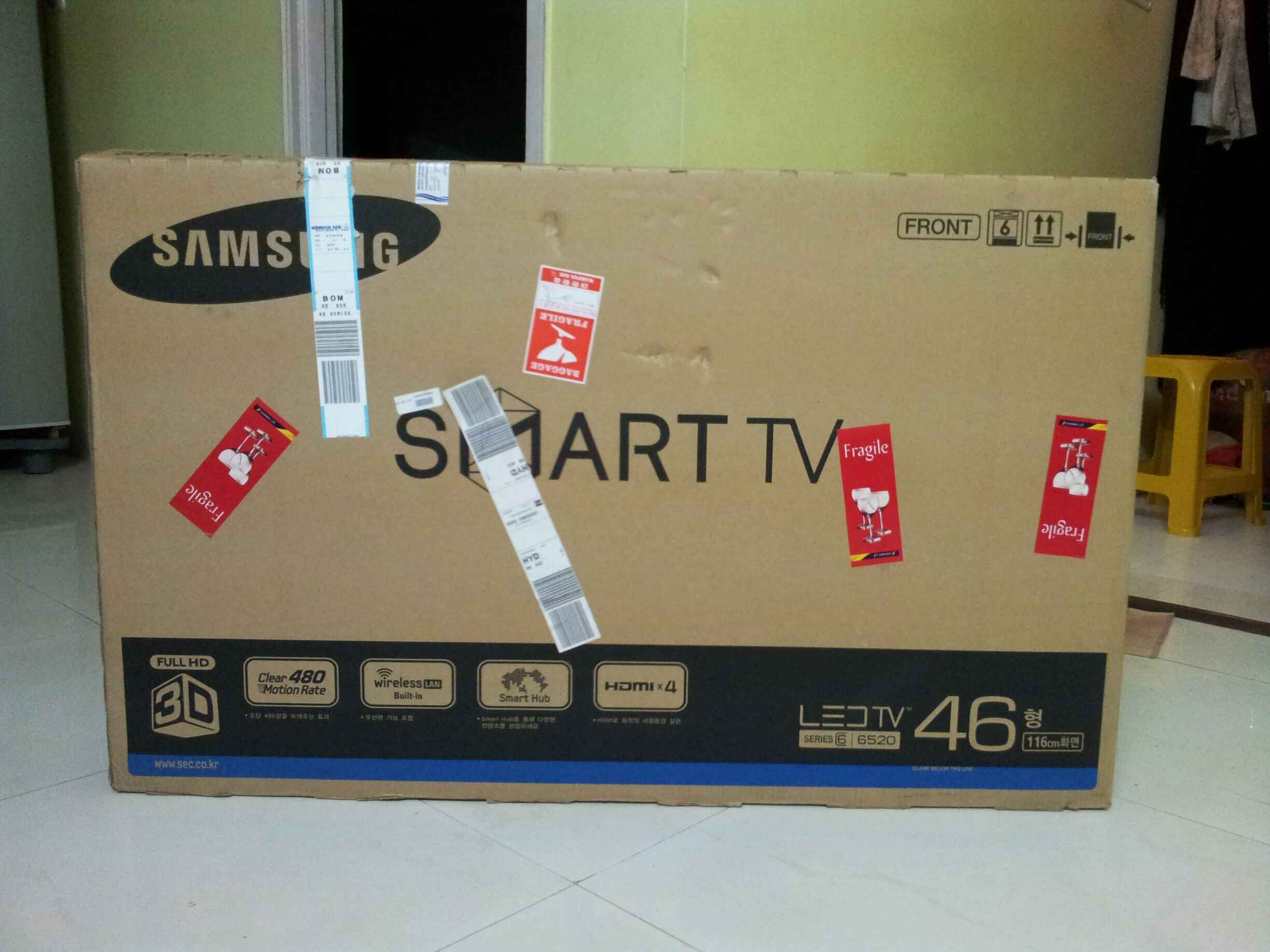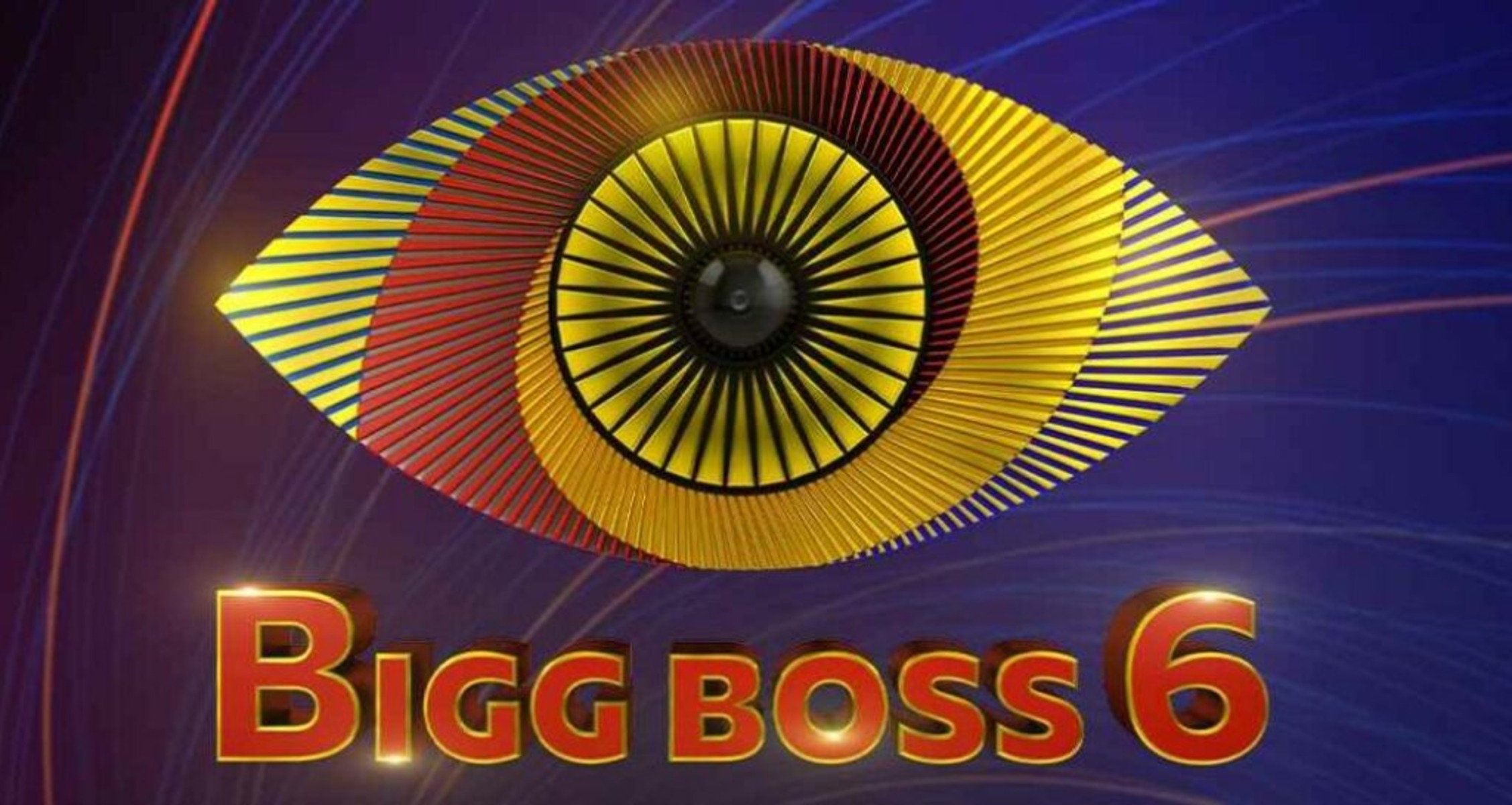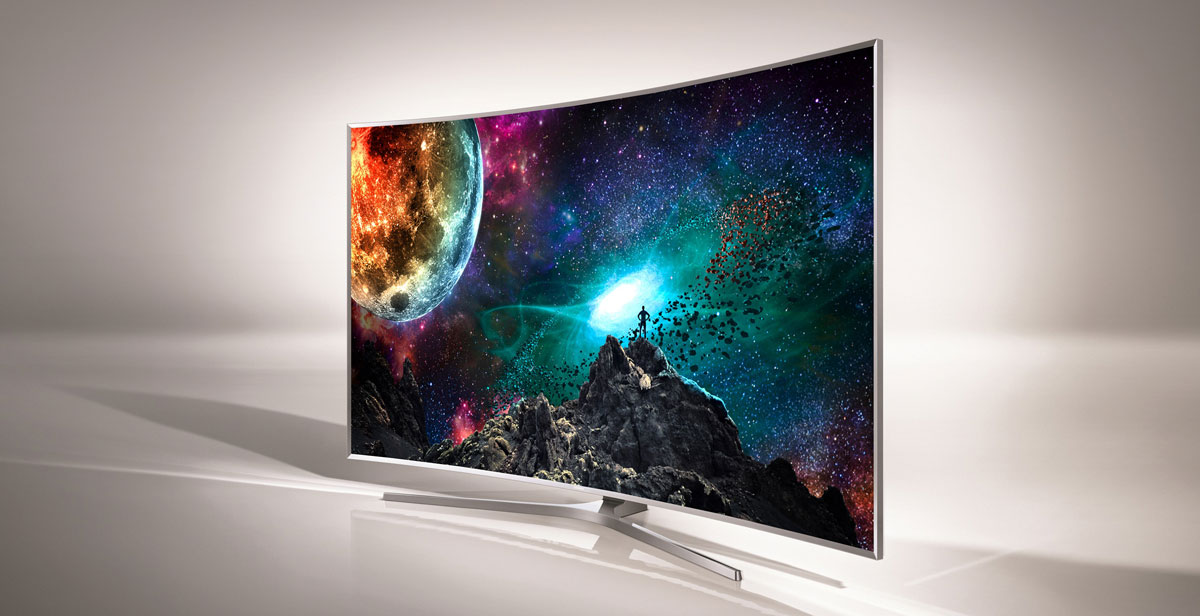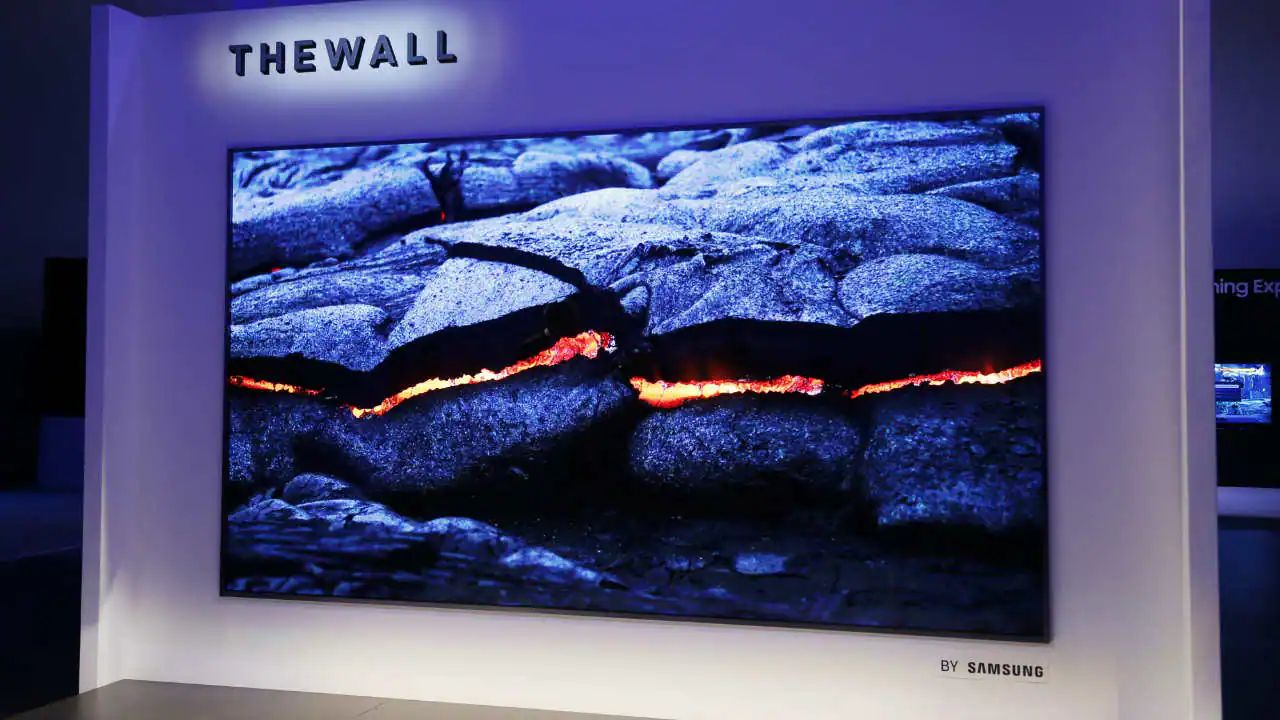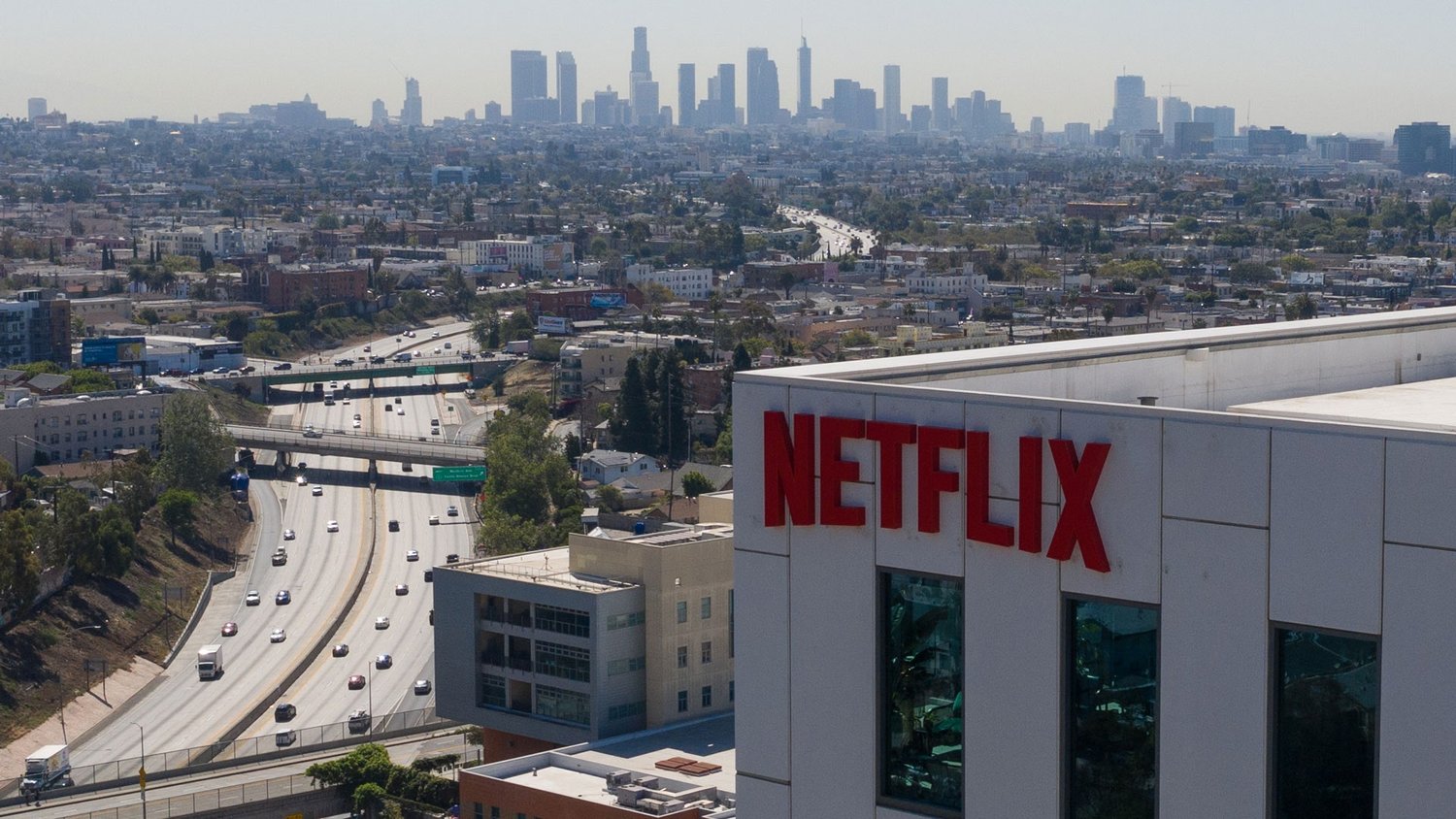Introduction
Bringing back an LED TV from the USA to India can be an exciting venture. However, it is essential to take certain precautions to ensure that your TV works seamlessly in India’s electrical system and arrives safely during transportation. This article will guide you through the necessary steps to successfully take your LED TV from the USA to India.
When considering bringing electronics from one country to another, one of the primary concerns is the compatibility of voltage and power supply. The USA operates on 120 volts, while India operates on 230 volts. This voltage difference means that directly plugging in your LED TV from the USA might result in damage. However, fear not, as there are solutions to this issue.
To protect your LED TV and make it usable in India, it is advisable to purchase a voltage converter or stabilizer. This device will regulate the voltage and ensure that your TV receives the appropriate power supply without any damage. Additionally, it is crucial to ensure that the converter or stabilizer you choose supports the power requirements of your specific LED TV model.
Aside from voltage concerns, it is important to take precautions to safeguard your LED TV during transportation. Proper packaging is essential to prevent any damage that may occur during handling. It is recommended to use the original packaging if available, or use a sturdy box with ample padding to secure the TV. Additionally, labeling the package as “Fragile” will help ensure careful handling.
Before traveling, it is essential to familiarize yourself with Indian customs regulations to avoid any issues at the airport. Understand the duty charges and documentation requirements for electronic items like LED TVs. Being aware of these regulations will save you from potential hassles or delays during customs clearance.
Once you’ve arrived in India, it’s time to set up and connect your LED TV. Ensure that you unpack it carefully, avoiding any jerky or rough movements. To connect the TV to the power supply and other devices, refer to the instruction manual for specific guidance.
By following this step-by-step guide, you will be well-prepared to take your LED TV from the USA to India successfully. In the subsequent sections, we will delve into each step in more detail, providing you with all the necessary information to complete the process seamlessly.
Step 1: Check the Compatible Voltage and Power Supply
The first step in taking an LED TV from the USA to India is to check the compatibility of the voltage and power supply. The electrical systems in the USA and India operate on different voltages, which can potentially damage electronic devices if not addressed properly.
In the USA, the standard voltage is 120 volts, while in India, it is 230 volts. This significant difference means that if you simply plug in your LED TV from the USA into an Indian power outlet, it may not function properly or could be permanently damaged.
To ensure your LED TV works seamlessly in India, you have a few options. One option is to purchase a voltage converter. A voltage converter transforms the 230 volts of Indian power supply into the 120 volts required by your LED TV. It acts as a bridge between the two electrical systems and allows your TV to operate without any risk of damage.
Another option is to buy a voltage stabilizer. A voltage stabilizer regulates the voltage fluctuations and provides a consistent power supply to your LED TV. It not only protects your TV but also other electronic devices from the variations in the electrical system.
When selecting a voltage converter or stabilizer, ensure that it can handle the power requirements of your LED TV. The wattage rating of the converter/stabilizer should be equal to or greater than the input power of your TV. This information can usually be found on the TV’s specifications label or in the user manual.
It is essential to purchase a reliable and good-quality converter or stabilizer to ensure the safety and optimal performance of your LED TV. Look for products that carry reputable certifications, such as UL or CE, which indicate compliance with international safety standards.
Before making any purchase, consult with an electrician or a knowledgeable retailer to get advice on the most suitable converter or stabilizer for your LED TV model. They can guide you based on your specific TV’s power requirements and help you make an informed decision.
By taking the necessary step to check the compatibility of voltage and power supply and investing in a reliable converter or stabilizer, you can safeguard your LED TV from any potential damage and ensure its smooth operation in India.
Step 2: Purchase a Voltage Converter or Stabilizer
Once you have checked the compatibility of the voltage and power supply, the next step is to purchase a voltage converter or stabilizer. These devices are essential for ensuring that your LED TV from the USA works seamlessly with the power supply in India.
A voltage converter is designed to convert the 230 volts of the Indian power supply into the 120 volts required by your LED TV. This conversion allows your TV to operate safely and efficiently without any risk of damage. It acts as a bridge between the different voltage standards in the two countries.
Alternatively, you can opt for a voltage stabilizer. Unlike a voltage converter, a stabilizer regulates the voltage fluctuations in the electrical system, providing a constant and stable power supply to your LED TV. This helps protect your TV from any sudden spikes or surges that may occur in the Indian power grid.
When purchasing a voltage converter or stabilizer, it is crucial to consider the power requirements of your LED TV. Check the wattage rating of your TV, which can usually be found on the specifications label or in the user manual. Ensure that the wattage rating of the converter or stabilizer you choose is equal to or greater than the input power of your TV.
It is recommended to choose a reliable and high-quality converter or stabilizer to ensure the safety and optimal performance of your LED TV. Look for products that have reputable certifications, such as UL (Underwriters Laboratories) or CE (Conformité Européene), as they demonstrate compliance with international safety standards.
Consult with an electrician or a knowledgeable retailer before making a purchase. They can provide guidance on the most suitable converter or stabilizer for your LED TV model and help you select the right one based on your specific requirements.
Make sure to purchase the voltage converter or stabilizer well in advance of your trip to allow sufficient time for testing and familiarizing yourself with its operation. This will help you avoid any last-minute issues and ensure a smooth transition for your LED TV from the USA to India.
By investing in a reliable voltage converter or stabilizer, you can protect your LED TV and ensure its compatibility with the power supply in India. This step is crucial to guarantee a hassle-free experience and the optimal performance of your TV once it is set up in India.
Step 3: Protect the TV for Safe Transportation
Ensuring the safety of your LED TV during transportation is a crucial step in successfully taking it from the USA to India. Proper packaging and protection will help prevent any damage that may occur during handling and transit.
If you have kept the original packaging of your LED TV, it is highly recommended to use it for transportation. The original packaging is designed to provide the best protection for the TV during shipping. It usually includes foam inserts and custom-fit compartments to hold the TV securely in place and cushion it against any shocks or impacts.
If the original packaging is not available, you can still protect your LED TV by using a sturdy cardboard box. Ensure that the box is large enough to accommodate the TV with some extra space for padding materials. Avoid using a box that is too tight, as it may put pressure on the screen or other delicate components of the TV.
Before placing the TV in the box, wrap it in a soft, protective material such as bubble wrap or foam sheets. This will provide an additional layer of cushioning and help absorb any vibrations or shocks during transportation. Pay special attention to covering the corners and edges, as these are the most vulnerable parts of the TV.
After wrapping the TV, place it in the box carefully and fill any gaps with packing materials such as foam peanuts or crumpled packing paper. These fillers will further stabilize the TV and prevent it from shifting or moving within the box during transit.
Label the package as “Fragile” or “Handle with Care” to ensure that it receives proper attention and gentler handling from the shipping personnel. This will help reduce the risk of rough handling or accidental damage while in transit.
Once the TV is securely packed, seal the box with strong packing tape. Make sure all seams and openings are properly sealed to prevent the box from accidentally opening during transportation.
If you are planning to transport the LED TV as checked baggage on a flight, it is advisable to declare it as a valuable item at the airline counter. They may provide additional instructions or handle it with extra care.
By taking the necessary precautions to protect your LED TV during transportation, you can minimize the risk of damage and ensure that it arrives safely in India. Proper packaging and labeling will go a long way in safeguarding your investment and allowing you to enjoy your favorite TV shows and movies once you reach your destination.
Step 4: Familiarize Yourself with Indian Customs Regulations
Before bringing your LED TV from the USA to India, it is essential to familiarize yourself with the customs regulations of India. Understanding the guidelines and requirements will help you avoid any unnecessary complications or delays when going through customs upon arrival.
One of the key aspects to consider is the duty charges associated with bringing electronic items like LED TVs into India. Depending on the value and type of TV you are bringing, customs duty may apply. The duty is calculated based on the assessed value of the TV, including any applicable taxes or fees.
Customs duty rates can vary, so it is advisable to check the current regulations and duty rates before your travel. You can find this information on the official website of the Central Board of Indirect Taxes and Customs or consult with the Indian Embassy or Consulate in your country.
It is also important to note that you will need to declare your LED TV at the customs checkpoint upon arrival in India. Failure to declare the TV can lead to penalties or confiscation of the item.
When declaring your LED TV, you may be asked to provide supporting documents such as the original purchase receipt, invoice, or any other proof of ownership. Therefore, it is recommended to carry these documents with you while traveling.
It is crucial to be aware of any additional documentation requirements or permits that may be necessary for bringing electronic items into India. The customs authorities may request documents such as the Bill of Entry or a No Objection Certificate (NOC) for specific types of TVs or higher value items.
Keep in mind that customs regulations can change, so it is wise to stay updated with the latest information and guidelines. Be prepared to answer any questions regarding the TV and its purpose of use in India if asked by the customs officials.
By familiarizing yourself with the Indian customs regulations beforehand, you can ensure a smooth and stress-free experience when going through customs with your LED TV. Adhering to the regulations and fulfilling the necessary requirements will help you avoid any unnecessary delays and enjoy your TV without any legal or logistical complications.
Step 5: Pack the LED TV Properly for the Journey
Properly packing your LED TV is crucial to ensure its safety during the journey from the USA to India. Taking the necessary precautions will help protect the TV from damage caused by bumps, vibrations, or other potential hazards that may occur during transportation.
Start by turning off and disconnecting the TV from the power source. Allow the TV to cool down before packing to prevent any heat-related issues.
If you have the original packaging of the LED TV, it is recommended to use it for packing. The original packaging is specifically designed to provide the best protection during shipping. It typically includes foam inserts and custom-fit compartments to hold the TV securely in place and protect it from shocks or impacts.
If the original packaging is not available, you can use a sturdy cardboard box that can accommodate the TV with some extra space for padding materials. Ensure the box is large enough to accommodate the TV without putting excessive pressure on the screen or other delicate components.
Before placing the TV in the box, wrap it in a soft, protective material such as bubble wrap or foam sheets. Cover the corners and edges of the TV carefully, as they are the most vulnerable parts. Secure the wrapping with tape to ensure it stays in place.
Place the wrapped TV in the box, centered and properly aligned. Fill any empty spaces around the TV with packing materials like foam peanuts, air-filled plastic cushions, or crumpled packing paper. The goal is to create a snug fit and prevent the TV from moving or shifting within the box during transit.
Seal the box using strong packing tape, ensuring all seams and openings are securely closed. Label the box as “Fragile” or “Handle with Care” to alert the shipping personnel about the delicate contents and encourage gentle handling.
If you are traveling by air and planning to carry the TV as checked baggage, it is essential to double-check the airline’s specific guidelines and restrictions for transporting electronics. Some airlines may have size or weight limits, or special procedures for handling fragile items.
Remember to keep the necessary documents, such as the purchase receipt, invoice, or any other proof of ownership, readily accessible in case they are requested by customs officials upon arrival in India. It is important to comply with all customs regulations and declare the TV appropriately.
By packing your LED TV properly and securely, you can minimize the risk of damage and ensure it arrives safely in India. Taking the time and effort to pack it correctly will provide you with peace of mind and allow you to enjoy your TV without any issues when you reach your destination.
Step 6: Declare the TV at Customs Upon Arrival
Upon arriving in India, it is crucial to declare your LED TV at the customs checkpoint. Properly declaring the TV is a necessary step to comply with Indian customs regulations and avoid any penalties or confiscation of the item.
When you reach the customs checkpoint, be prepared to provide all the necessary information regarding your LED TV. This includes details such as the make, model, serial number, and value of the TV.
Ensure that you have all the supporting documents readily available, such as the original purchase receipt, invoice, or any other proof of ownership. Presenting these documents to the customs officials can help facilitate the declaration process and ensure transparency.
Be honest and transparent when declaring the TV. Failing to declare the TV or providing false information can have serious implications and may result in legal consequences.
Customs officials may inspect the TV or ask additional questions about its purpose or intended use in India. Answer all the questions truthfully and cooperate with the officials during the inspection process.
Depending on the value and type of TV you are bringing, customs duty may apply. The customs officials will assess the TV and determine the duty charges based on the assessed value, including any applicable taxes or fees. It is advisable to be aware of the current duty rates and guidelines beforehand to avoid any surprises.
In certain cases, the customs officials may request additional documentation such as the Bill of Entry or a No Objection Certificate (NOC) for specific types of TVs or higher value items. It is essential to be aware of any additional requirements and ensure you have the necessary documents with you.
Complying with the customs regulations and properly declaring your LED TV will help you navigate through the customs process smoothly. It is important to adhere to the guidelines and fulfill all the requirements, as this will ensure a hassle-free experience and allow you to enjoy your TV without any legal or logistical complications.
Step 7: Set up and Connect the LED TV in India
After successfully navigating through the customs process, you’re now ready to set up and connect your LED TV in India. Follow these steps to ensure a smooth and seamless installation:
1. Unpack the TV: Carefully unpack the TV, removing any protective wrapping or padding used during transportation. Take your time to avoid any unnecessary jerks or rough movements that may cause damage.
2. Find a suitable location: Determine the best location for your TV in your home. Consider factors such as viewing angles, room lighting, and accessibility to power outlets and other connected devices.
3. Connect to the power supply: Plug in the TV’s power cord into a suitable power outlet. Make sure the voltage converter or stabilizer, if necessary, is securely and properly connected to the power supply as well.
4. Connect external devices: If you have any external devices such as a cable or satellite box, DVD player, gaming console, or sound system, connect them to the appropriate ports on the TV. Use high-quality HDMI or other compatible cables for optimal audio and video quality.
5. Set up the TV: Power on the TV and follow the on-screen prompts to set up the initial settings, such as language preference, time zone, and network connection. Use the TV’s remote control to navigate through the setup process.
6. Tune in to local channels: If you plan to watch local channels, perform a channel scan or auto-tuning to search and store the available channels in your area. Refer to the TV’s user manual for instructions on how to perform a channel scan.
7. Fine-tune the picture and sound settings: Adjust the picture and sound settings on the TV according to your preferences. Most TVs offer presets and advanced settings to customize the display and audio output to your liking.
8. Test the functionality: Make sure all the connected devices, such as set-top boxes or gaming consoles, are working properly with the TV. Check the audio and video synchronization, channel switching, and any other features you may require.
9. Consider wall-mounting (optional): If you prefer a wall-mounted setup, consult with a professional to ensure proper installation and secure mounting of the TV. Follow the manufacturer’s guidelines for wall-mounting to avoid any damage or accidents.
10. Enjoy your LED TV: Sit back, relax, and enjoy your LED TV’s vibrant display and immersive entertainment experience. Explore the various channels, streaming services, and apps available to make the most out of your TV.
By following these steps, you can set up and connect your LED TV in India without any hassle. Take the time to carefully go through each step, and refer to the TV’s user manual for detailed instructions if needed. Once everything is properly set up, you can start enjoying your favorite shows, movies, and entertainment on your LED TV in India.
Conclusion
Bringing your LED TV from the USA to India requires careful planning and attention to detail. By following the step-by-step guide outlined in this article, you can successfully navigate through the process and ensure a smooth transition for your TV.
First, check the compatibility of the voltage and power supply and purchase a reliable voltage converter or stabilizer to accommodate the electrical differences between the countries. Protecting your TV during transportation is essential, so pack it securely using the original packaging or a sturdy box with ample padding.
Familiarize yourself with Indian customs regulations to ensure a smooth clearance process at the airport. Declare your TV appropriately and be prepared to provide the necessary documentation to customs officials.
Once you’re in India, set up and connect your LED TV, making sure to follow the manufacturer’s instructions and fine-tune the settings according to your preferences. Whether you choose to wall-mount your TV or use a stand, ensure its stability and your safety.
Remember to enjoy your LED TV responsibly, respecting local regulations and copyright laws. Take advantage of the wide range of channels and streaming services available for your entertainment needs.
By following these steps, you can take your LED TV from the USA to India with confidence and enjoy uninterrupted viewing pleasure in your new location. Safe travels and happy TV watching!







